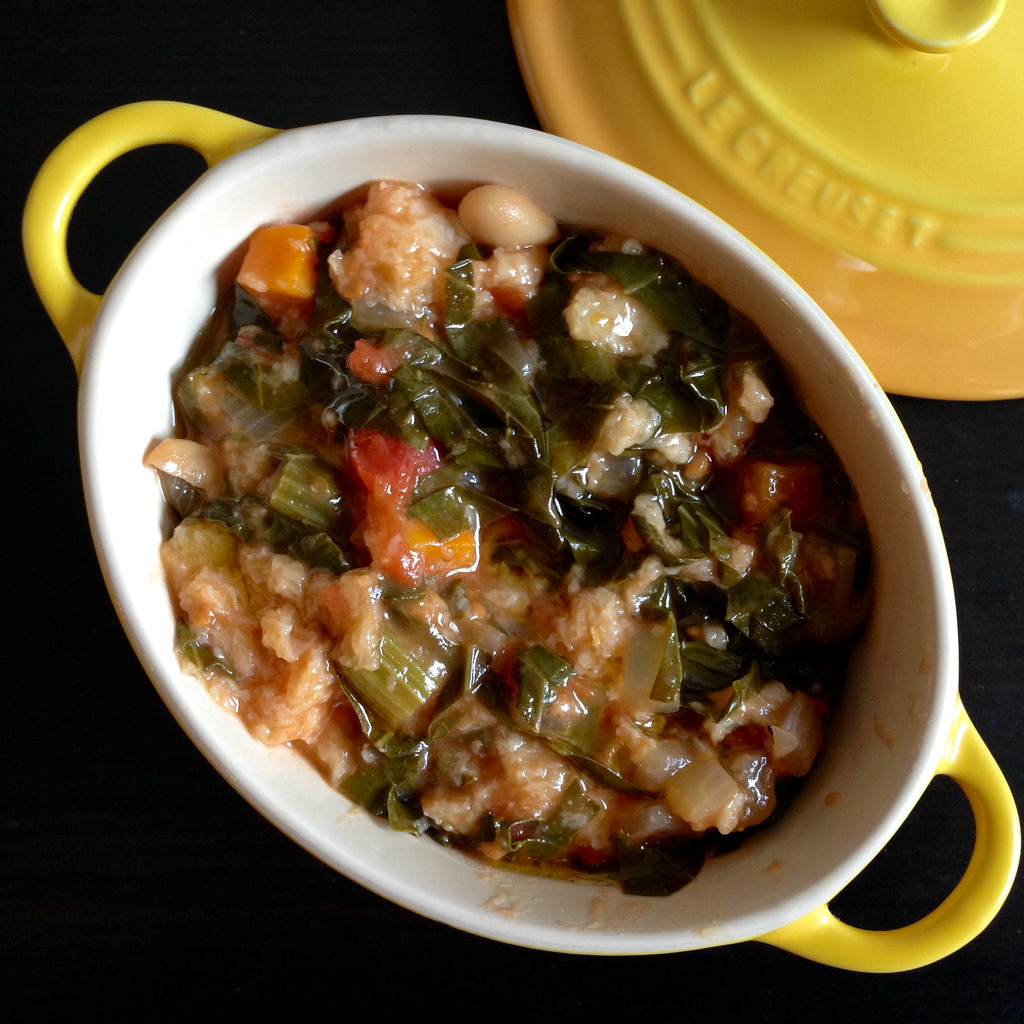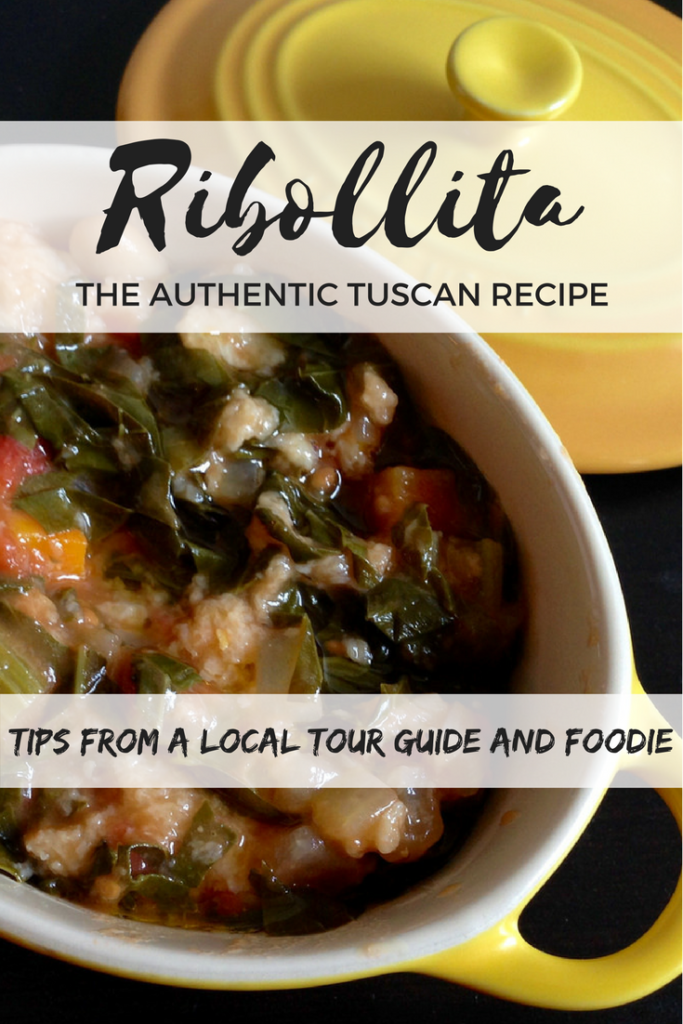Ribollita. The traditional tuscan recipe + some tips and infos
Ribollita is an ancient dish from the popular florentine tradition, a perfect comfort food for winter dinners, and one of my favorite dishes as well. The main ingredient of the Ribollita recipe is tuscan kale, or black kale, a wonderful veggie, pretty much unknown outside of the tuscan borders.
The name Ribollita means “re-boiled” or “cooked twice” and comes from the fact that it’s usually prepared the day before and then cooked again before serving. So the ribollita has all the time it needs to merge all the flavors and becoming super tasty. It’s one of my favorite comfort foods and I could talk about the ribollita recipe for hours!
You might be interested also in:
- Florentine Peposo recipe
- where to eat in Florence on a budget
- Vegan and vegetarian restaurants in Florence
Traditional tuscan Ribollita recipe
This recipe is for 4 servings.
Ingredients
Some facts about florentine Ribollita
- 1 bunch of tuscan kale
- 1 bunch of chard
- ¼ of Savoy cabbage head
- 250 grams of rustic tuscan stale bread + some slices for serving
- 2 potatoes
- 2 carrots
- 2 zucchine
- 2 celery starks
- 2 peeled tomatoes
- 1 onion
- 1 leek
- 300 grams of cooked cannellini beans with their own cooking water
- extra virgin olive oil
- salt and pepper
Method
Cut onions into thin slices, peel the potatoes and chop and all the other veggies into chuncks. Gently heat the extravirgin olive oil in a large pot, then add onions and let it sautè over medium heat until onions are golden. Then add all the other veggies, stir and let it cook for 10 minutes.
Add 200 grams of cooked cannellini beans and salt and pepper, cover with their cooking water and let it cook over low hear about 2 hours. Stir from time to time, and add some cooking water if it gets too dry. Then chop the stale bread into chuncks, add it to the soup with the remaining beans and cook for 10 more minutes, Add some salt and pepper if needed. The result must be a thick creamy soup with irregular pieces of veggies.
Let it rest for some hours (the best would be letting it rest for a whole night).
Re-heat ribollita a few minutes before serving and stir. Serve it in the traditional terracotta bowls with some toasted slices of bread and extra virgin olive oil.
Ribollita recipe variations
This one is the traditional ribollita recipe, as it was put on paper for the first time in 1891 by Pellegrino Artusi, the godfather of Italian cuisine, in his book Science in the Kitchen and the Art of Eating Well.
I usually use this “official” ribollita recipe, but every family has its own version with subtle differences, since this dish was born to recycle the leftovers
But if your replace tuscan kale, cannellini beans or bread, then it’s not a ribollita anymore!
Here are some ideas for variations of the ribollita recipe:
- Sometimes I replace leeks with onions.
- Chard can be easily replaced with spinaches.
- My grandma never used zucchine, and my mom likes to add a bit of dried chili peppers.
- I have heard some people is adding a fistful of diced pancetta or a piece of prosciutto to the onion sautè. I personally prefer to keep it vegan as it was originally born and made for centuries.
Don’t add sweet ingredients like squash!
Some tips for making the Ribollita recipe
- Don’t use canned cannellini beans. I know it’s a bore using dried beans, as they need to be soaked for one night and then cooked for a couple of hours, but they are definitely more tasty. Canned beans suck!
- The best tuscan kale is the one picked after the first winter freezes. Must be thick and crunchy, with a bright dark green color. If it looks floppy or the margins are yellowish this mean it’s not fresh anymore. The big inner rib is pretty sinewy and I usually remove it. For more infos and recipes read my post about Tuscan kale.
- The bread must be the typical tuscan bread, which is rustic, saltless and with big holes. With common salted bread the result won’t be the same.
- About extra virgin olive oil: read my post about everything you should know about extra virgin olive oil.

Some of my favorite florentine and tuscan cookbooks:
